Motion Stage Requirements:
- shall be zeroed using limit switches
- shall use a common mechanical interface between stages
- shall use NEMA 17 stepper motor frame size
- structural components shall be laser cut from 300x600mm sheets of 3mm thick birch plywood
- shall use 4x13x6mm v-bearings for all linear guides
- shall use commonly available 3D printer mechanical components
- shall include wire routing features
- should use 3x100mm cable ties for all structural connections
CNC Motion Control:
The OpenMotion project uses the open-source grbl CNC motion control architecture:
- systems with 3 axes or less -> grbl, https://github.com/gnea/grbl
- systems with 4 to 6 axes -> grbl-Mega-5X, https://github.com/fra589/grbl-Mega-5X
CNC Motion Control Interface:
The OpenMotion project uses the open-source cncjs CNC motion control interface -> https://cnc.js.org/
Development Plan:
- multi-axis systems
- two axis gimbal
- XY table
- XYZ gantry
 John Opsahl
John Opsahl

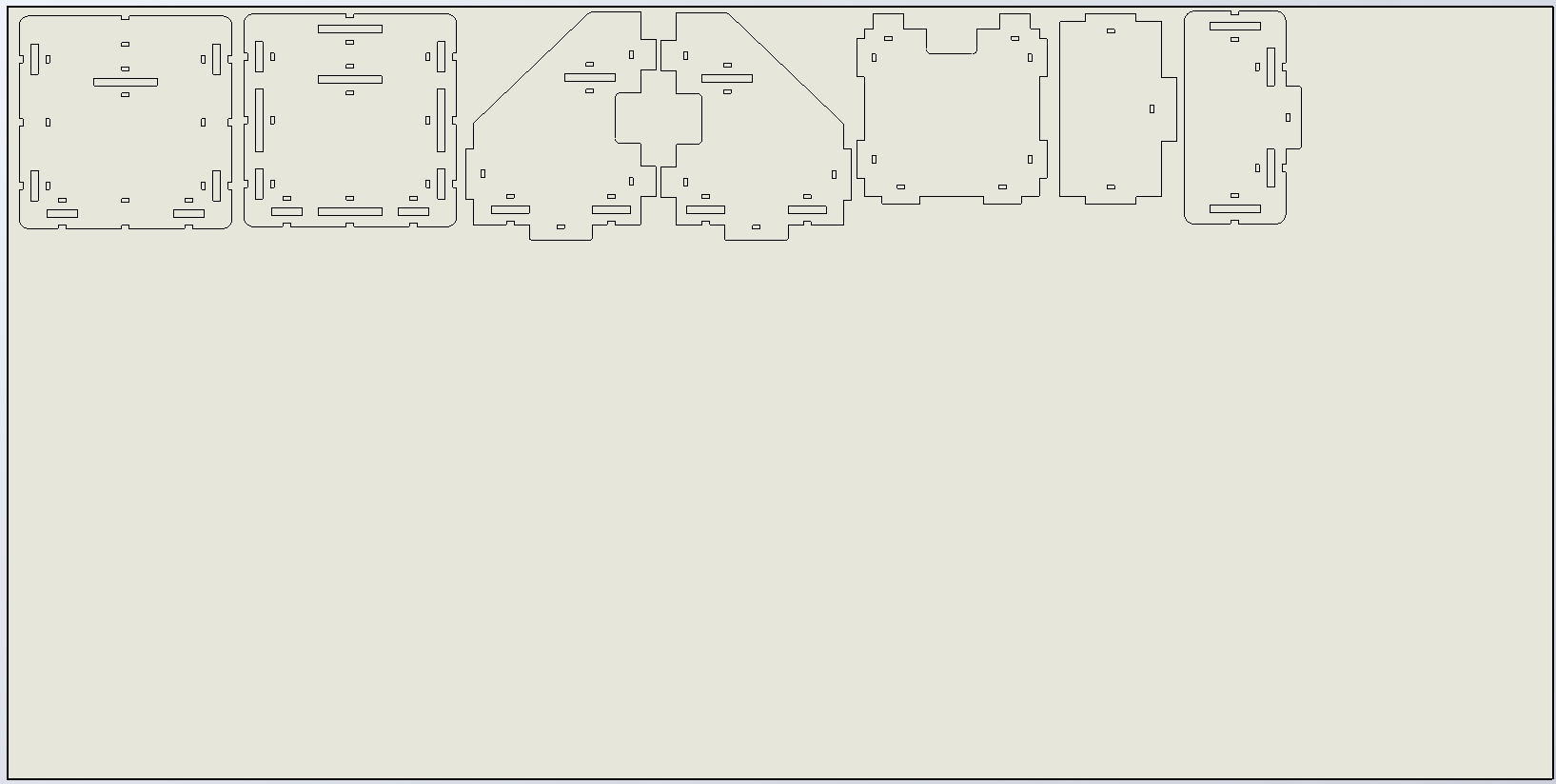
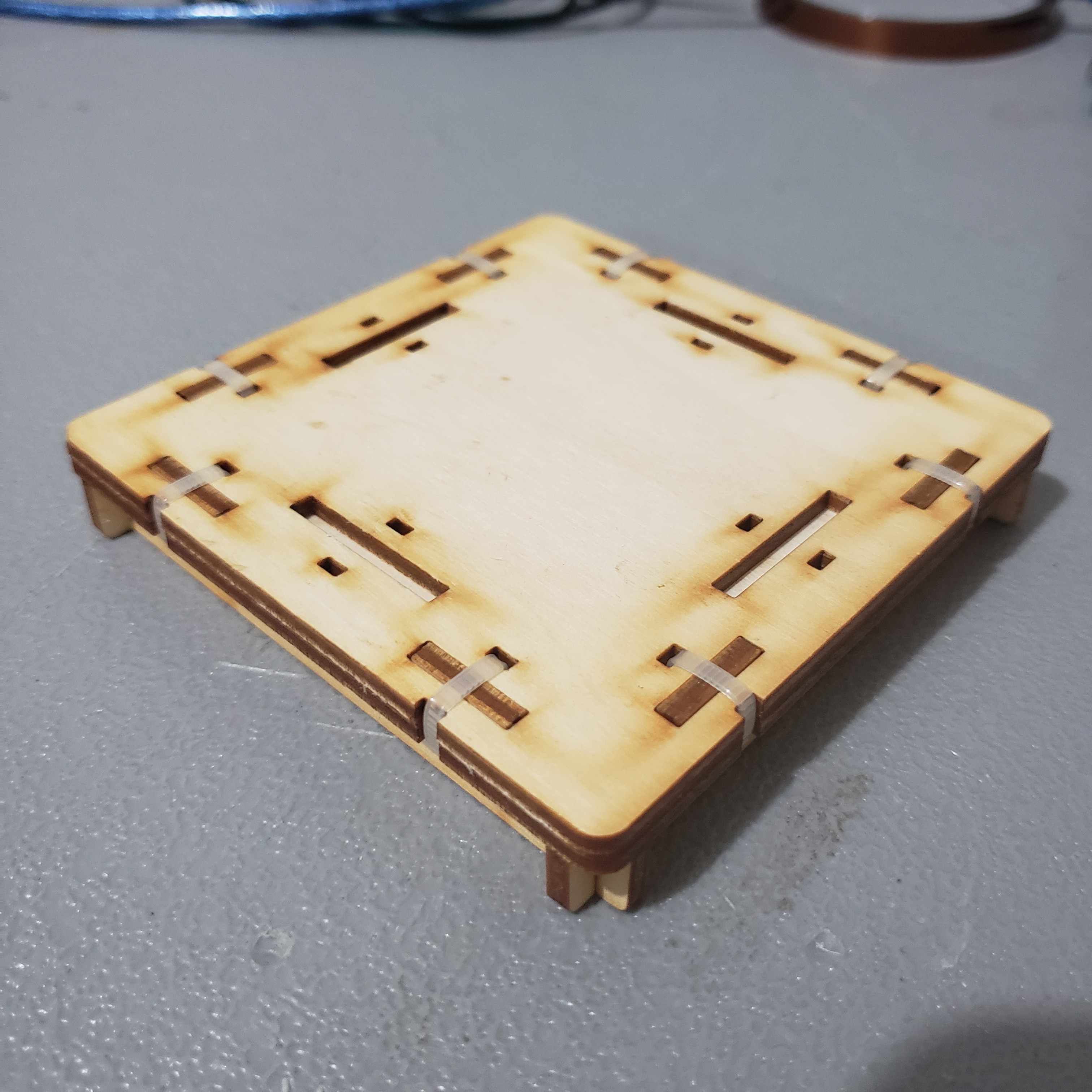
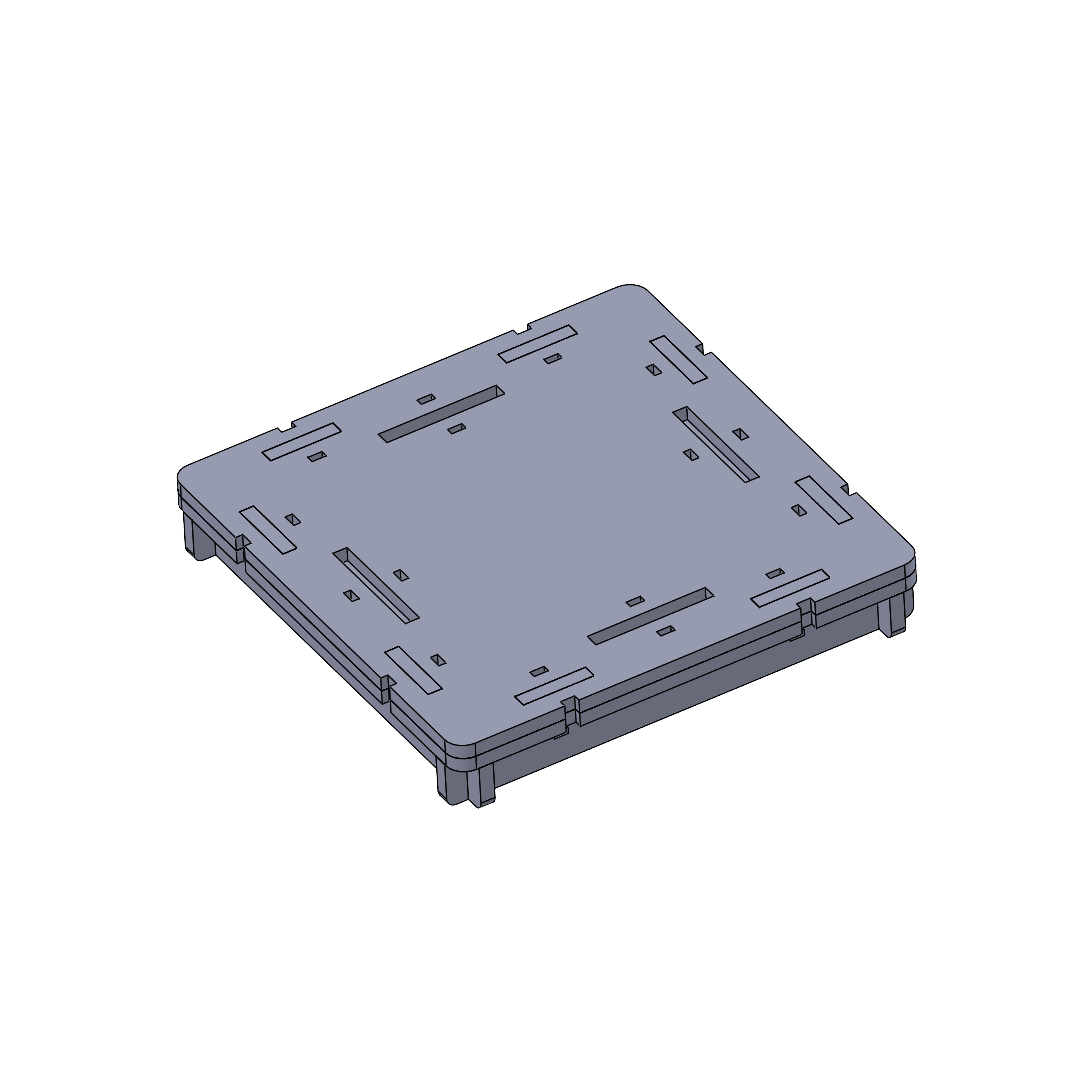
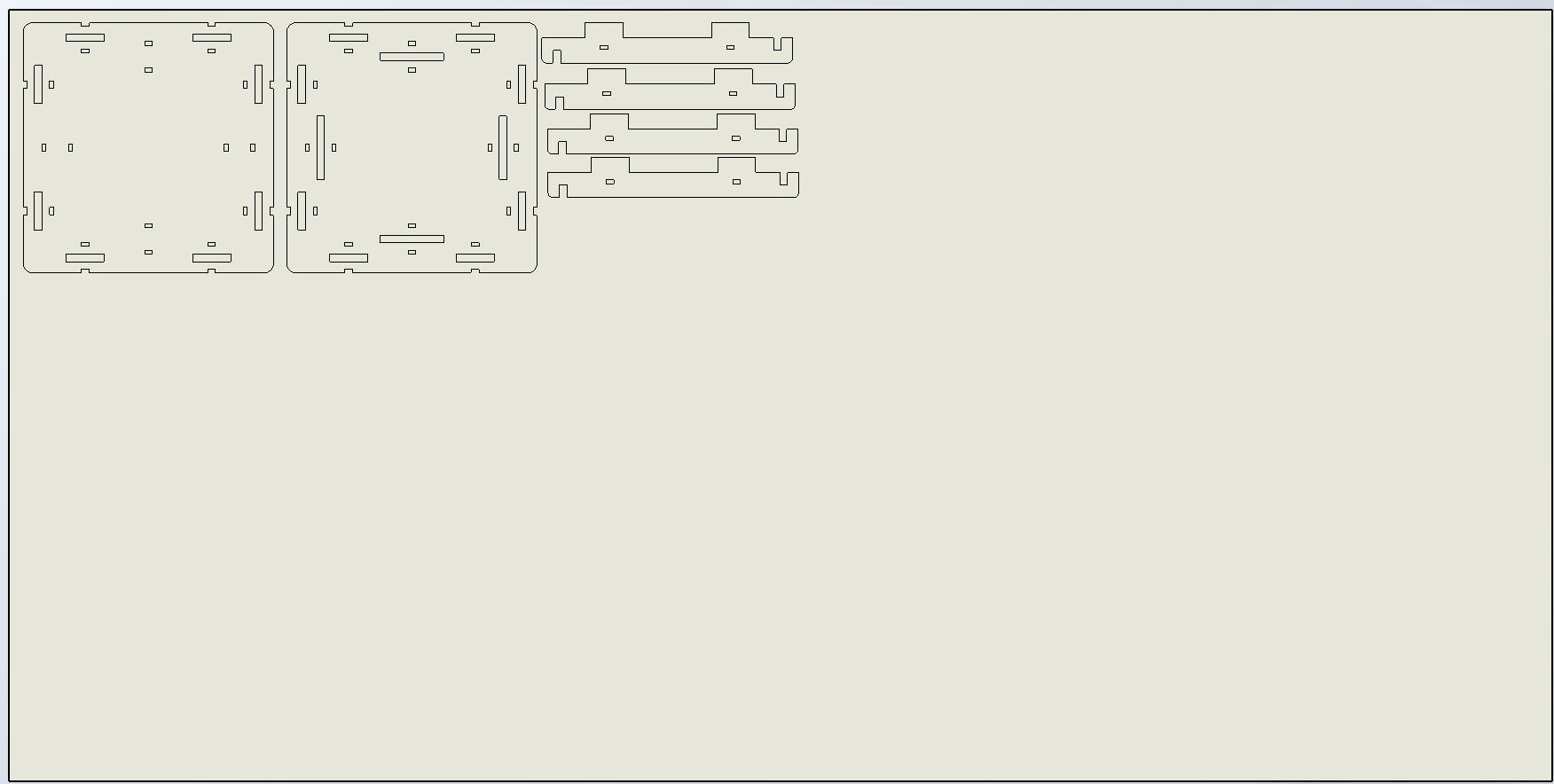
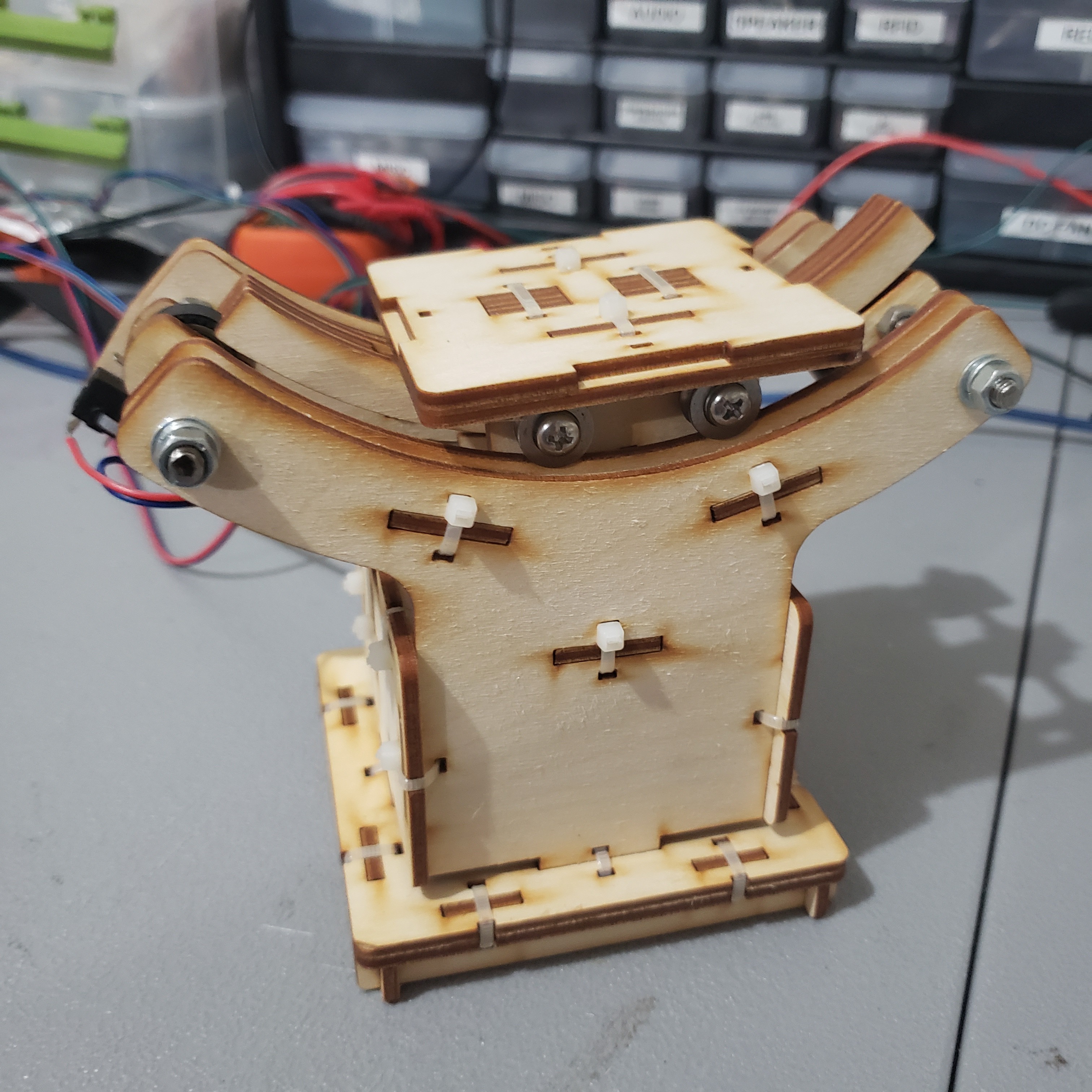
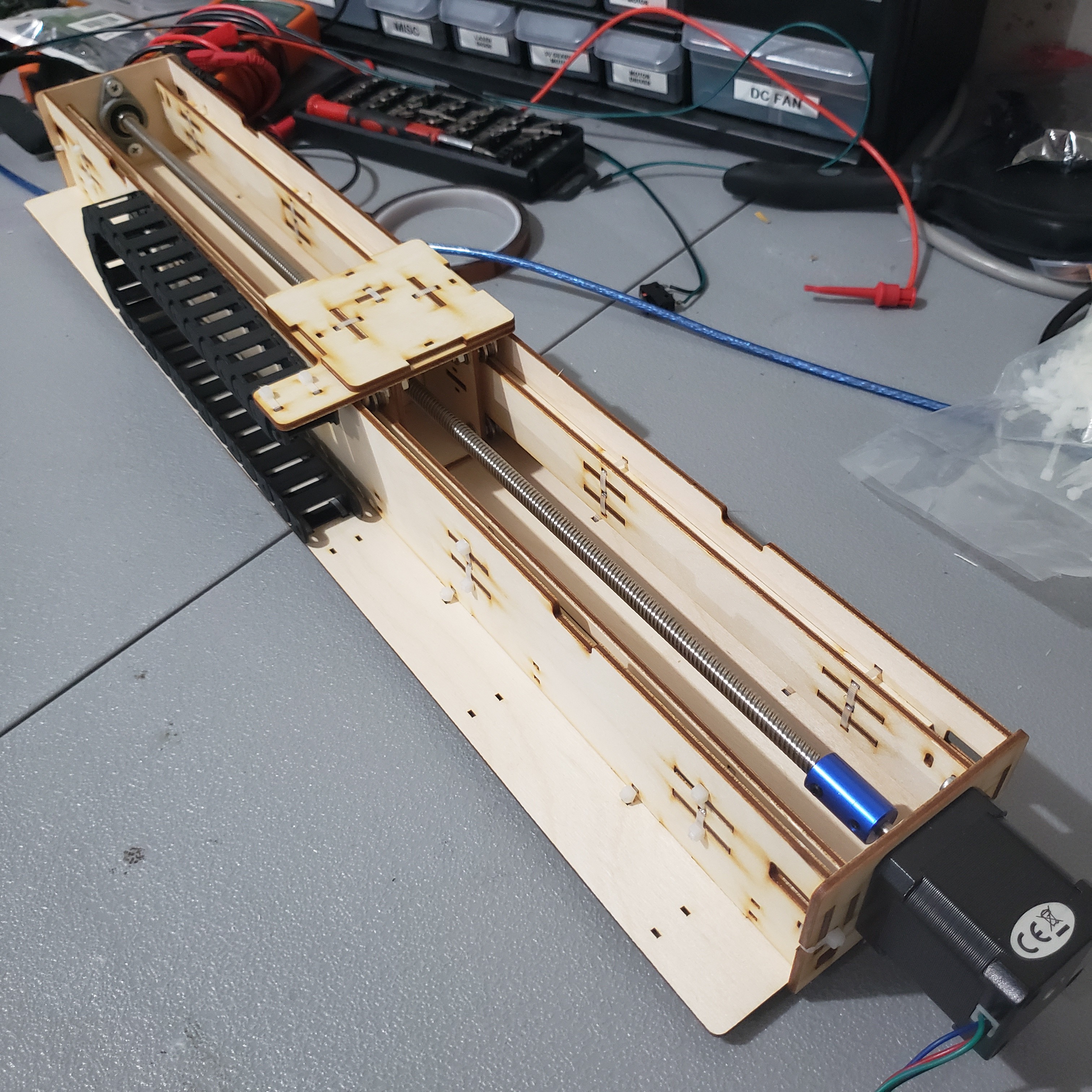
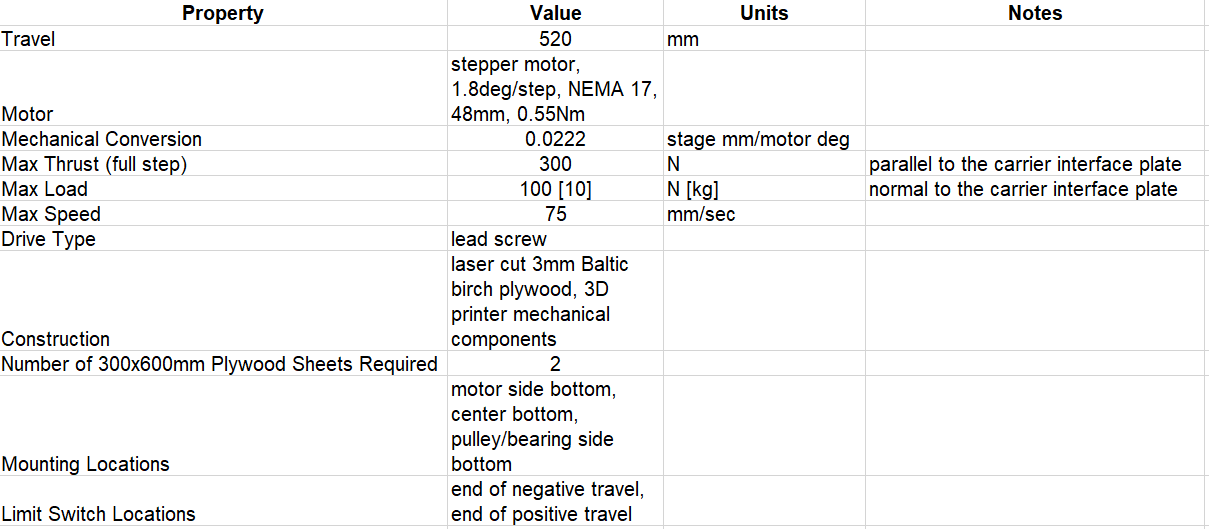
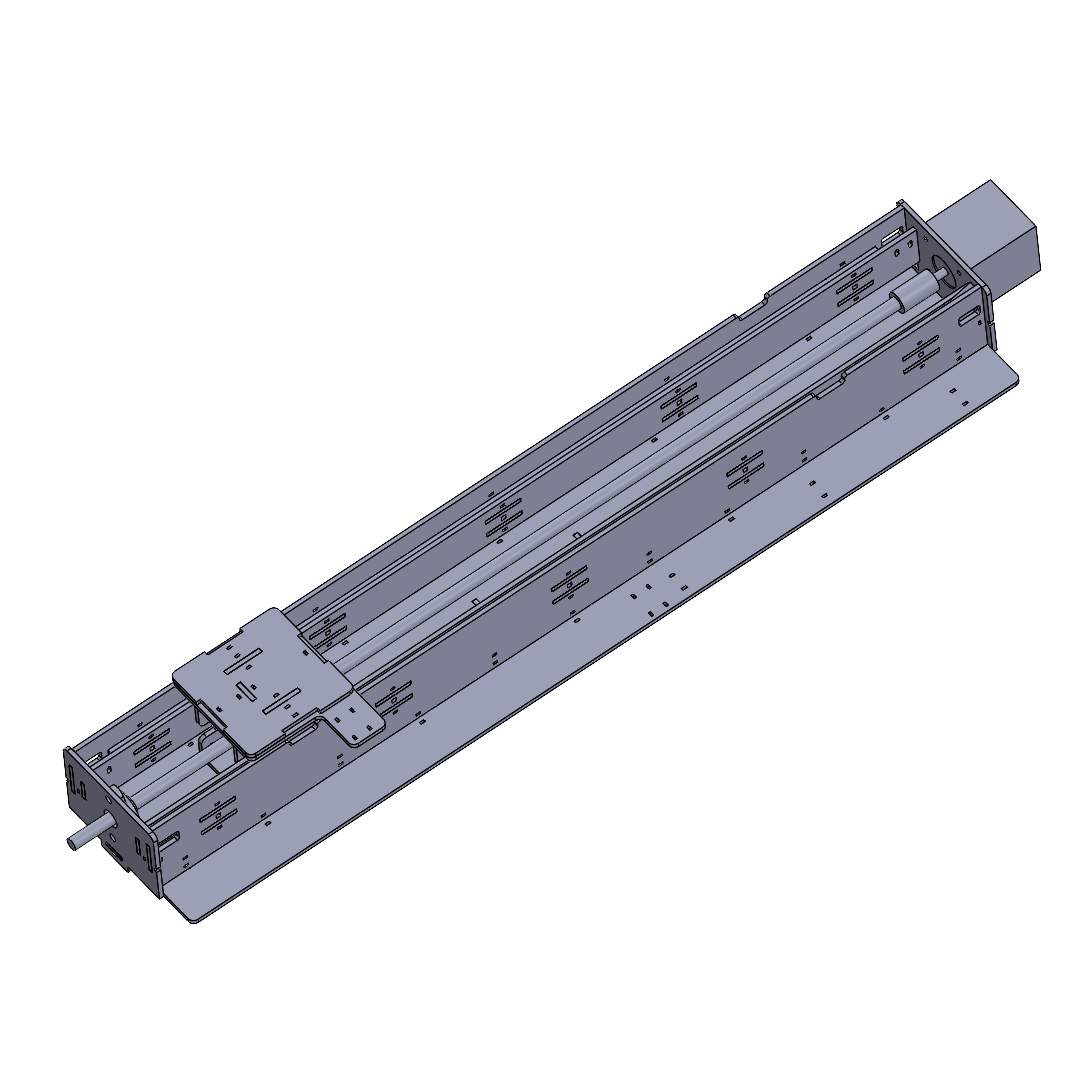
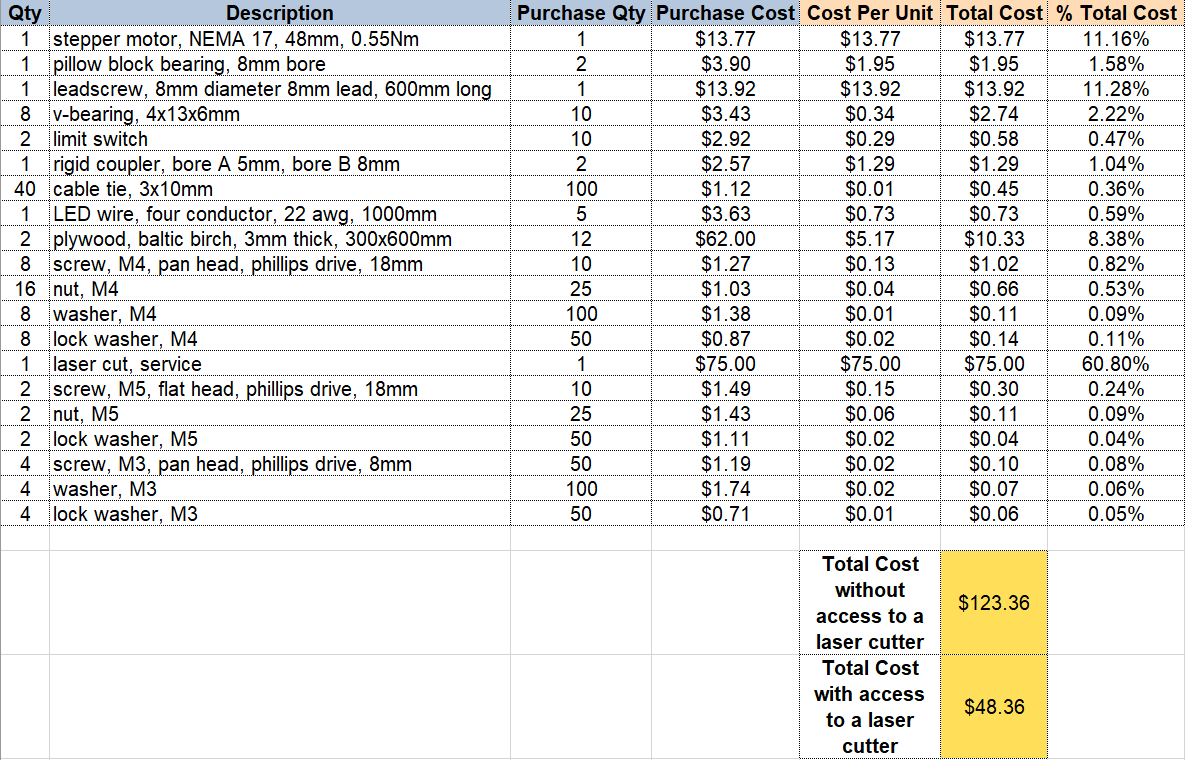

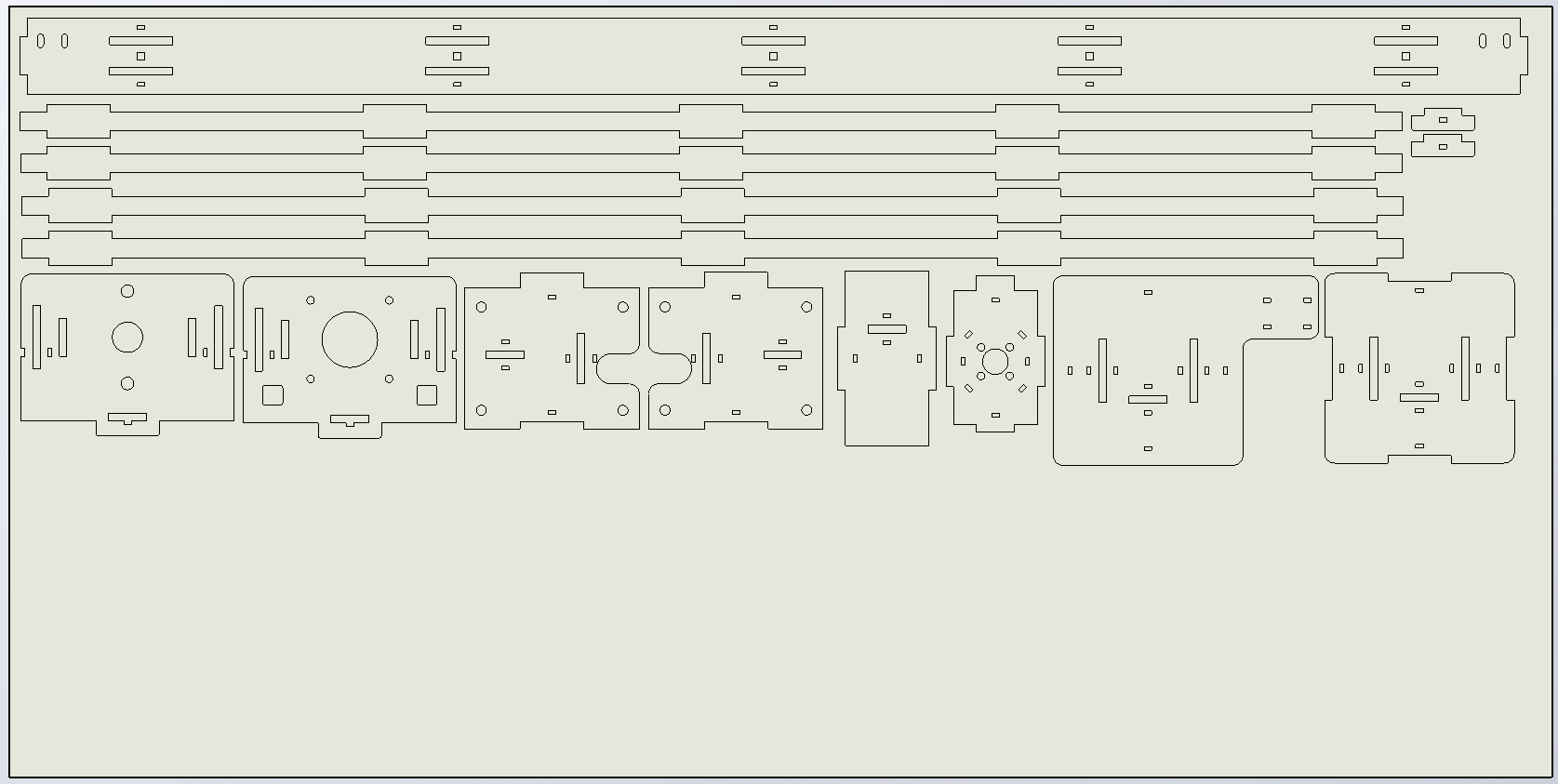
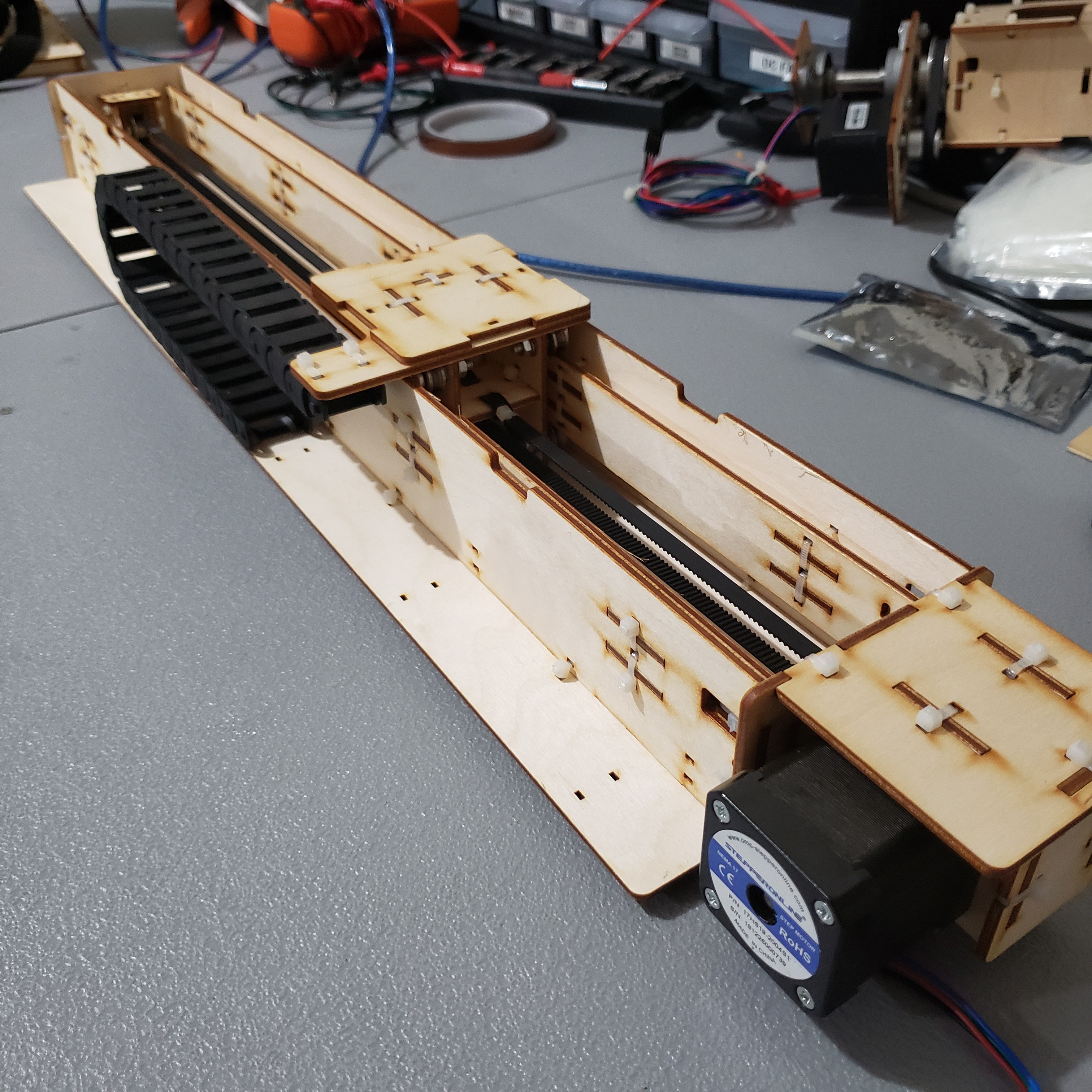
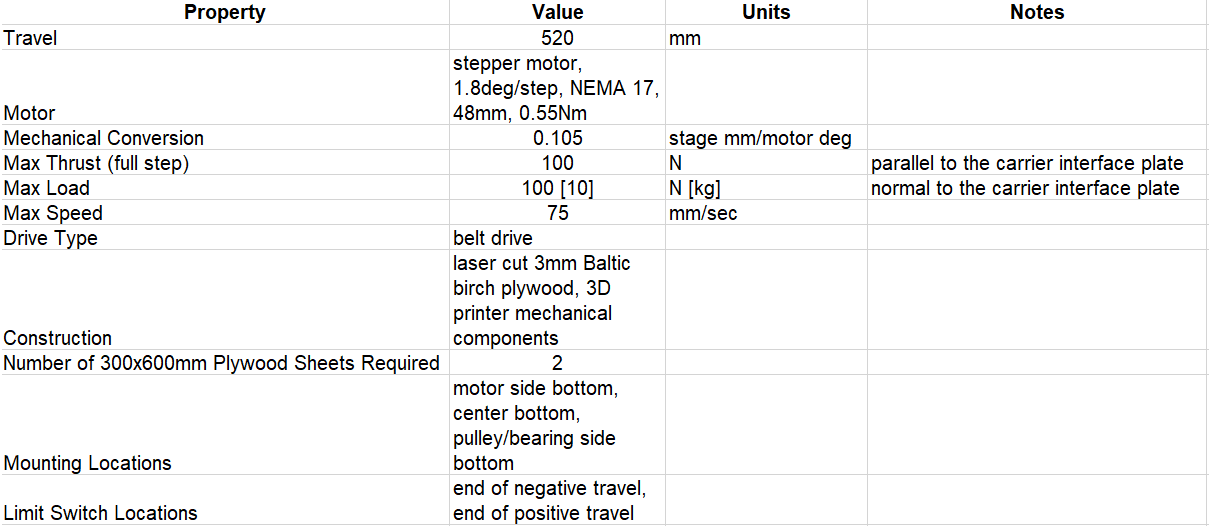
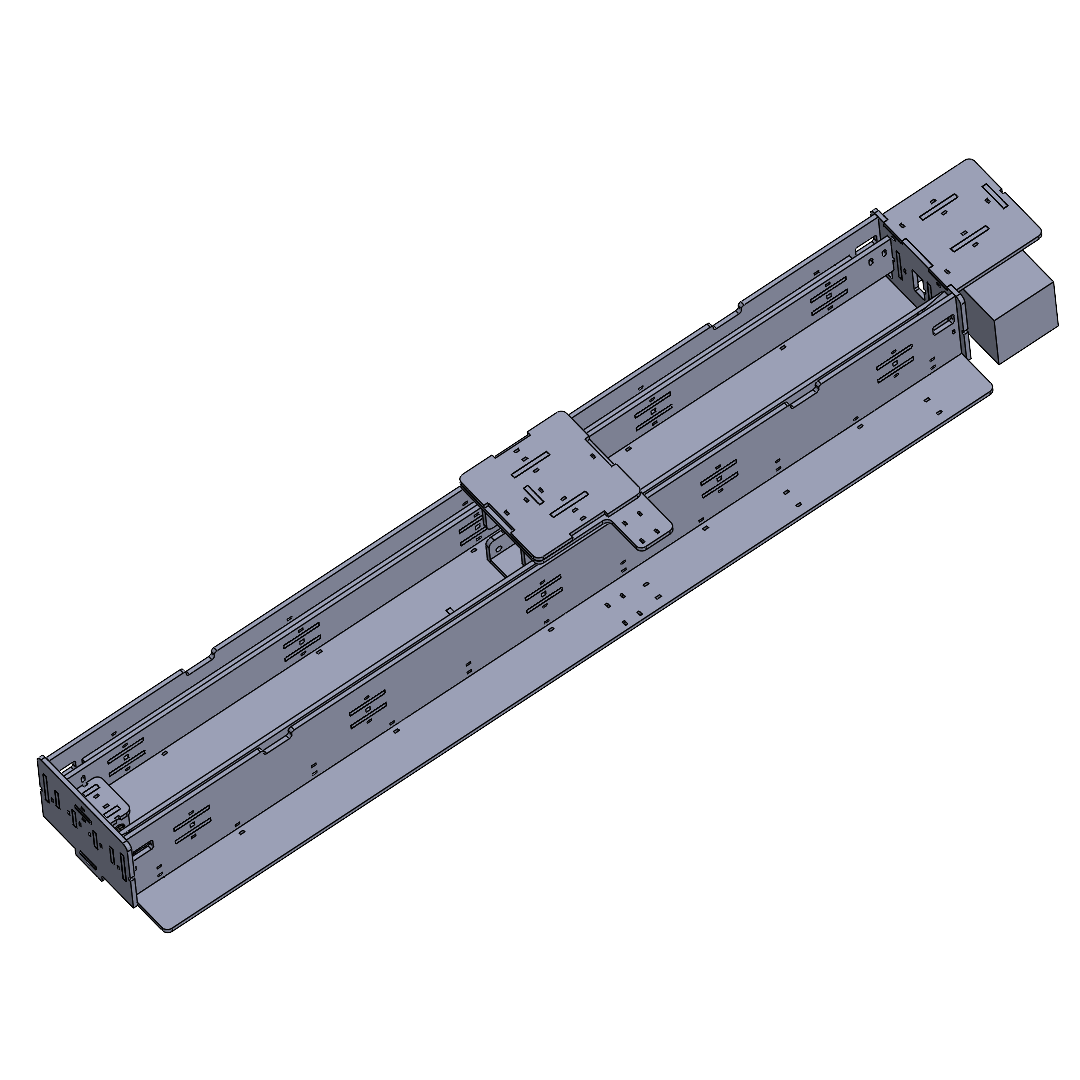



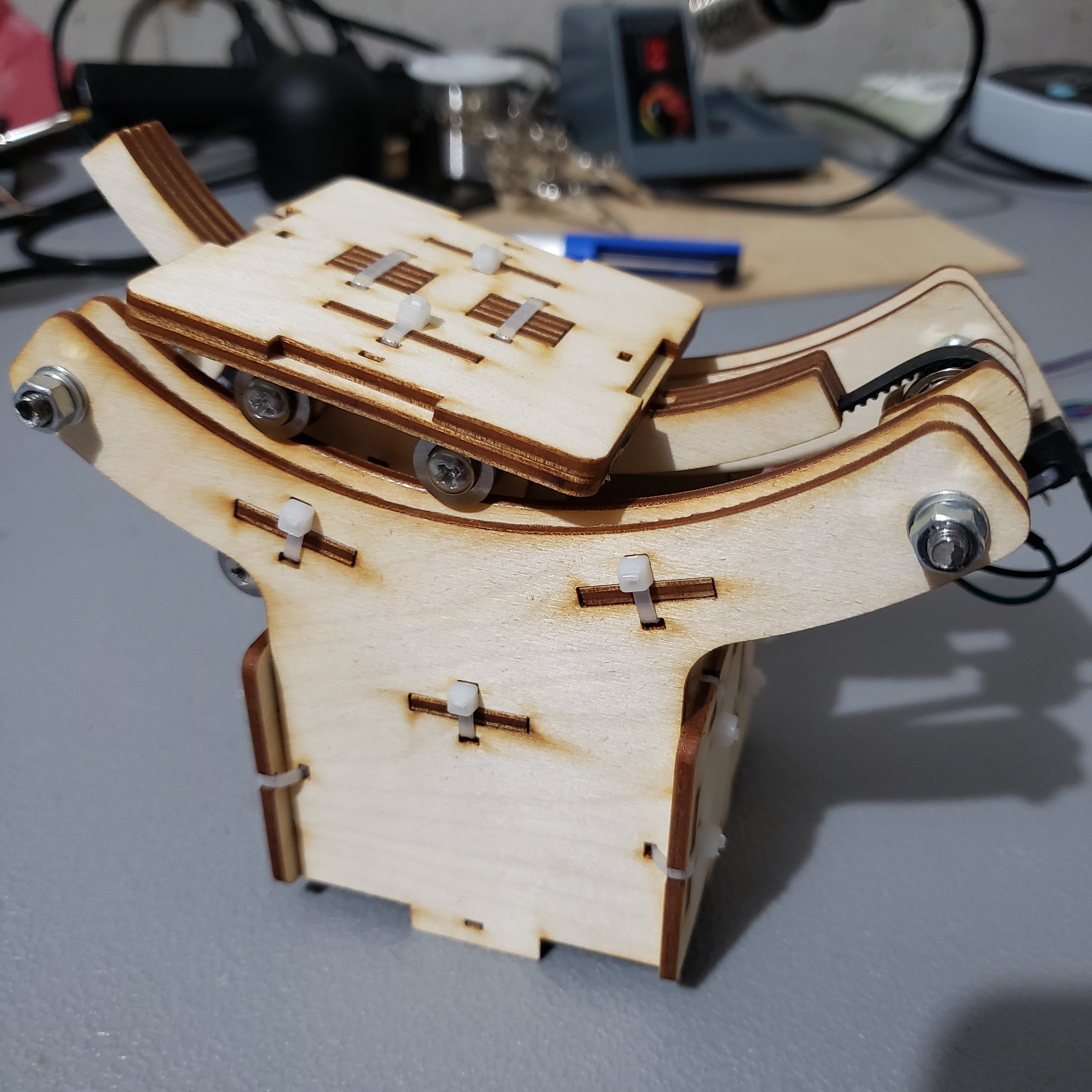
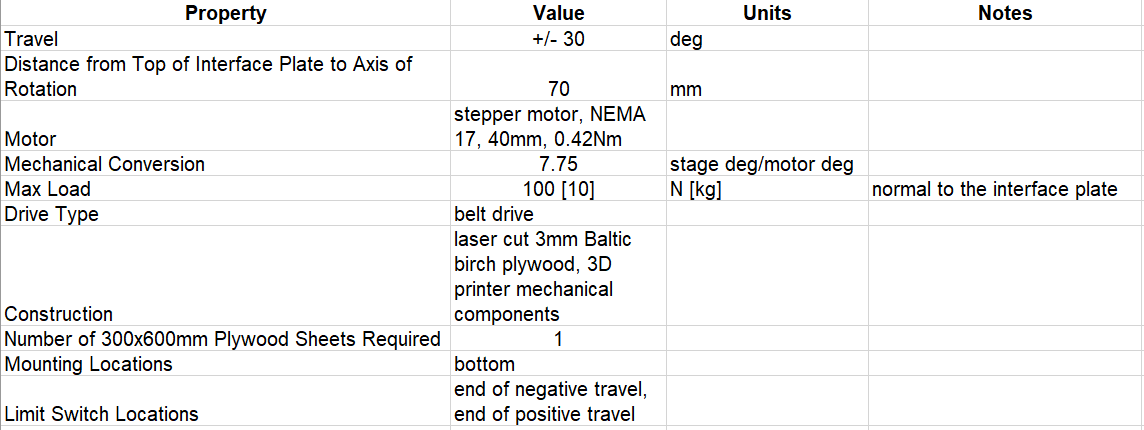

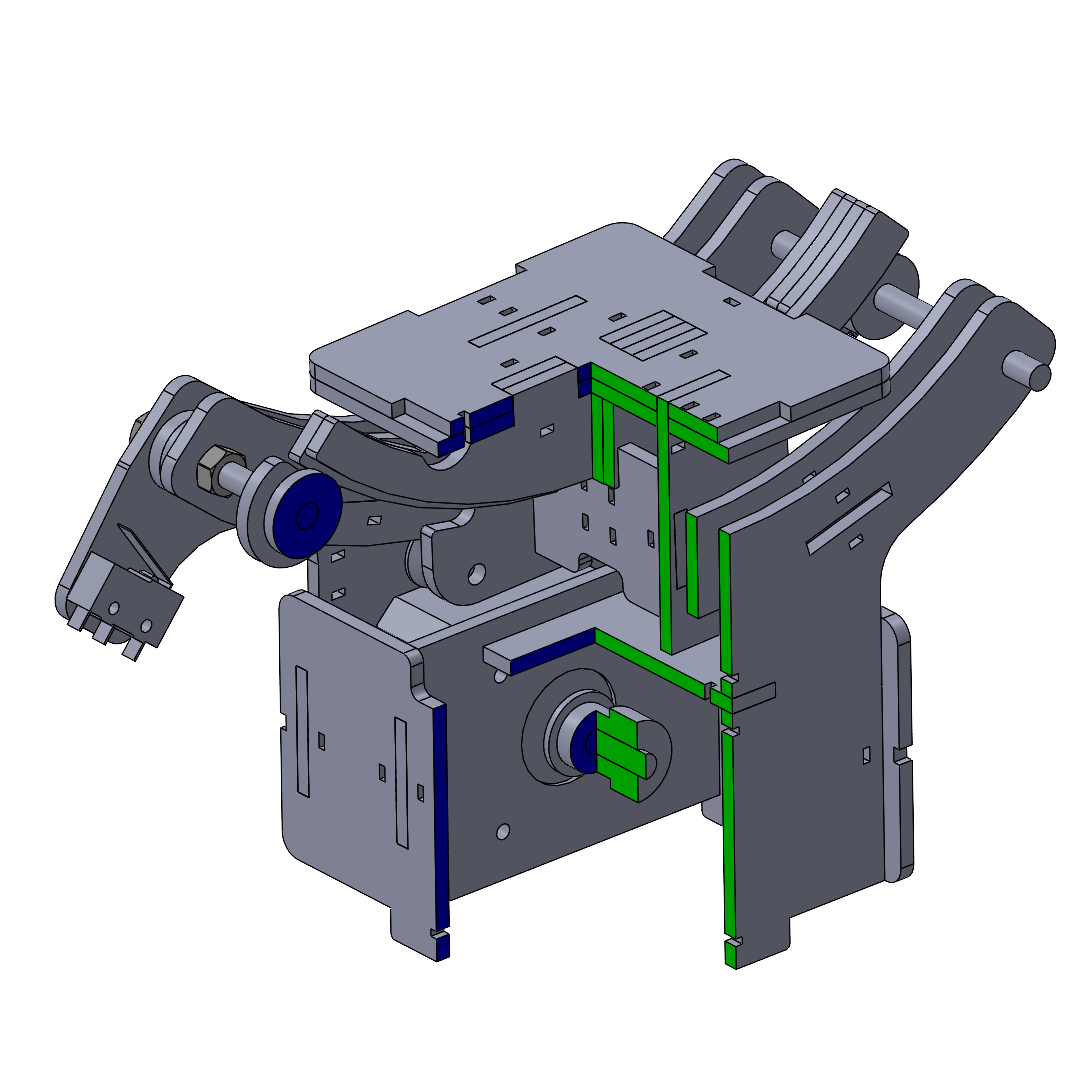

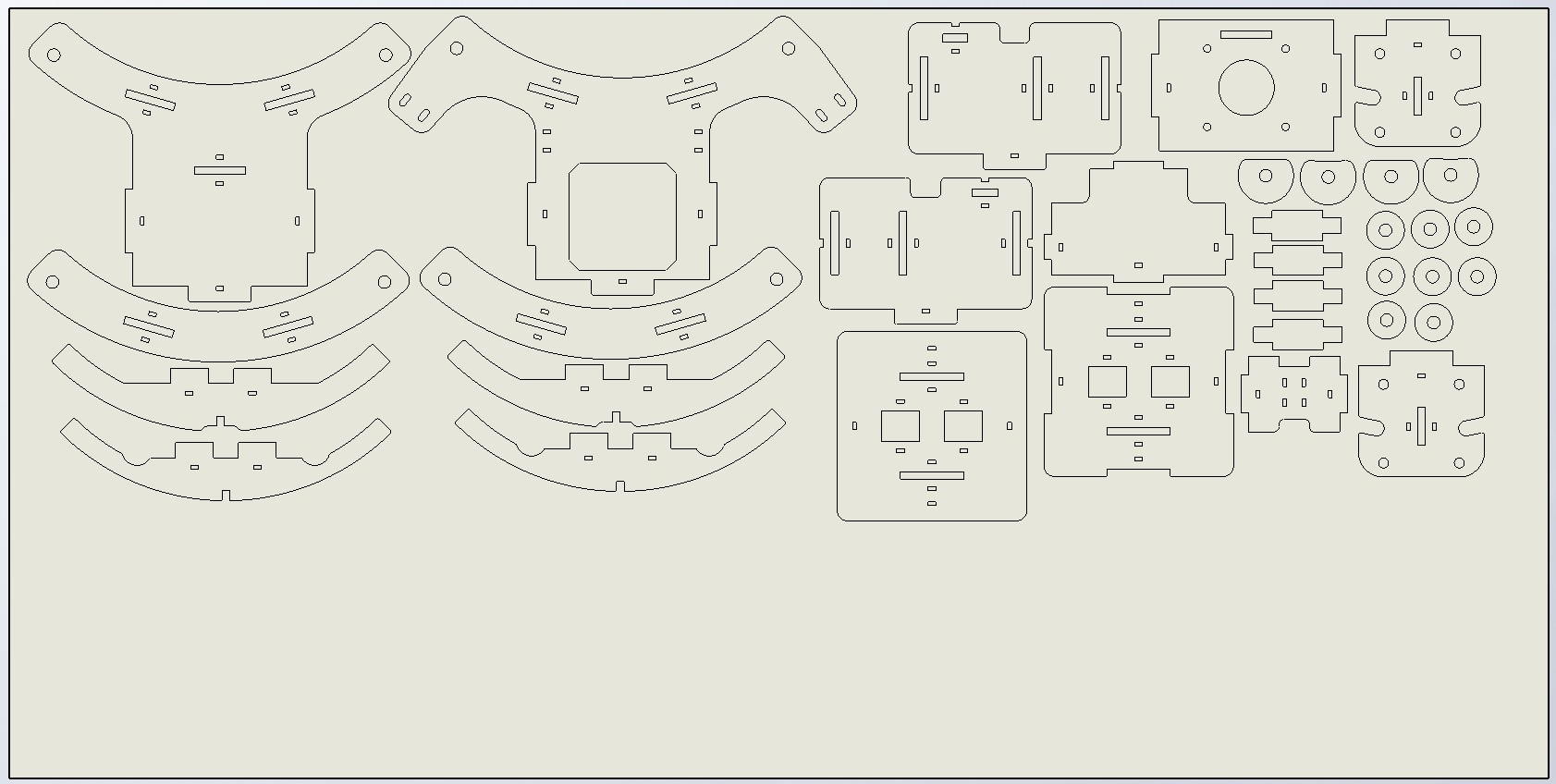
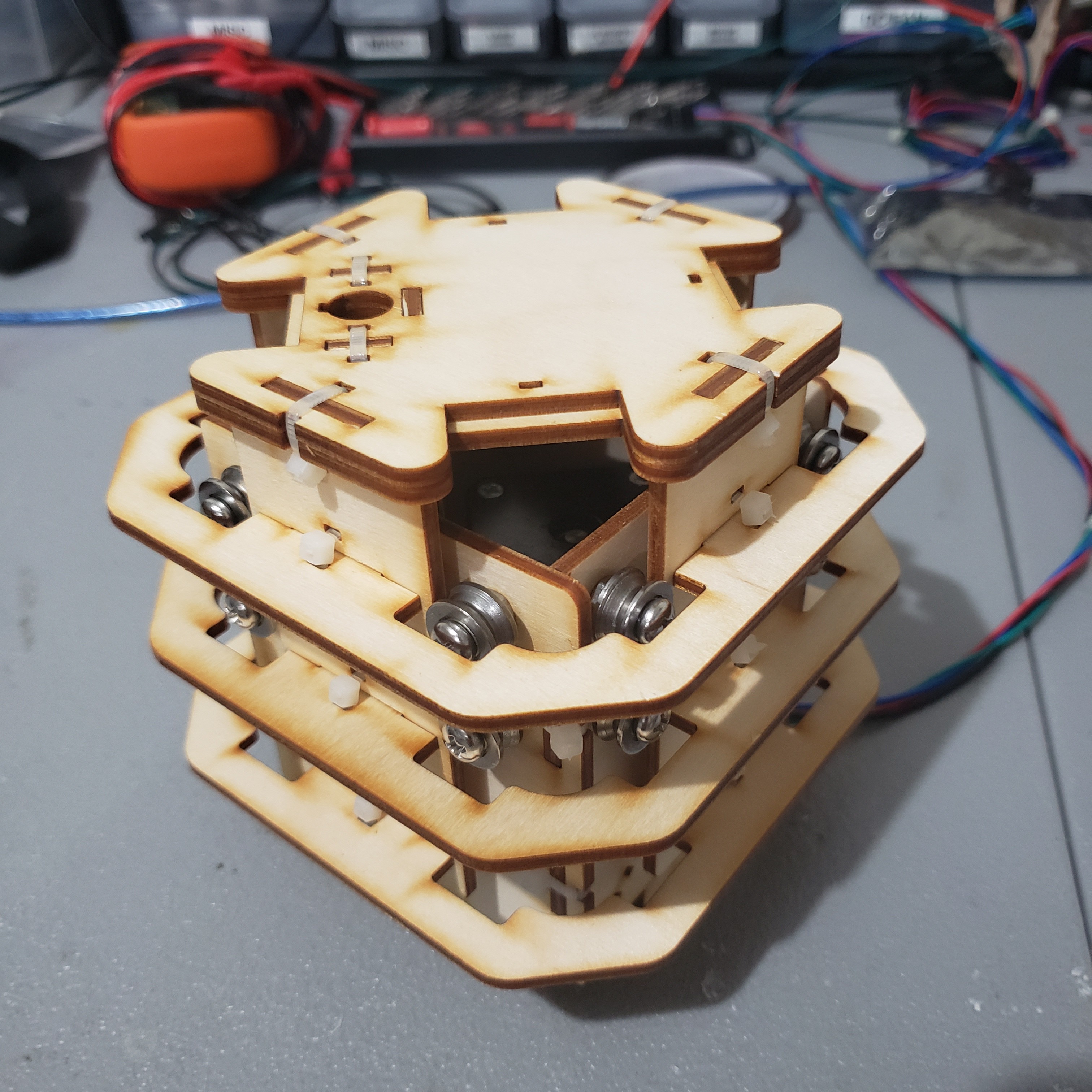
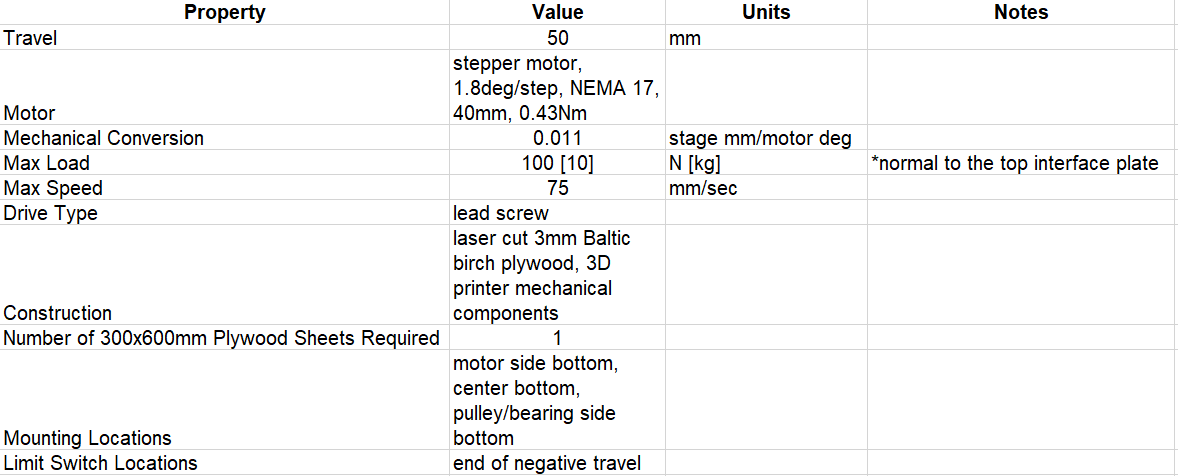
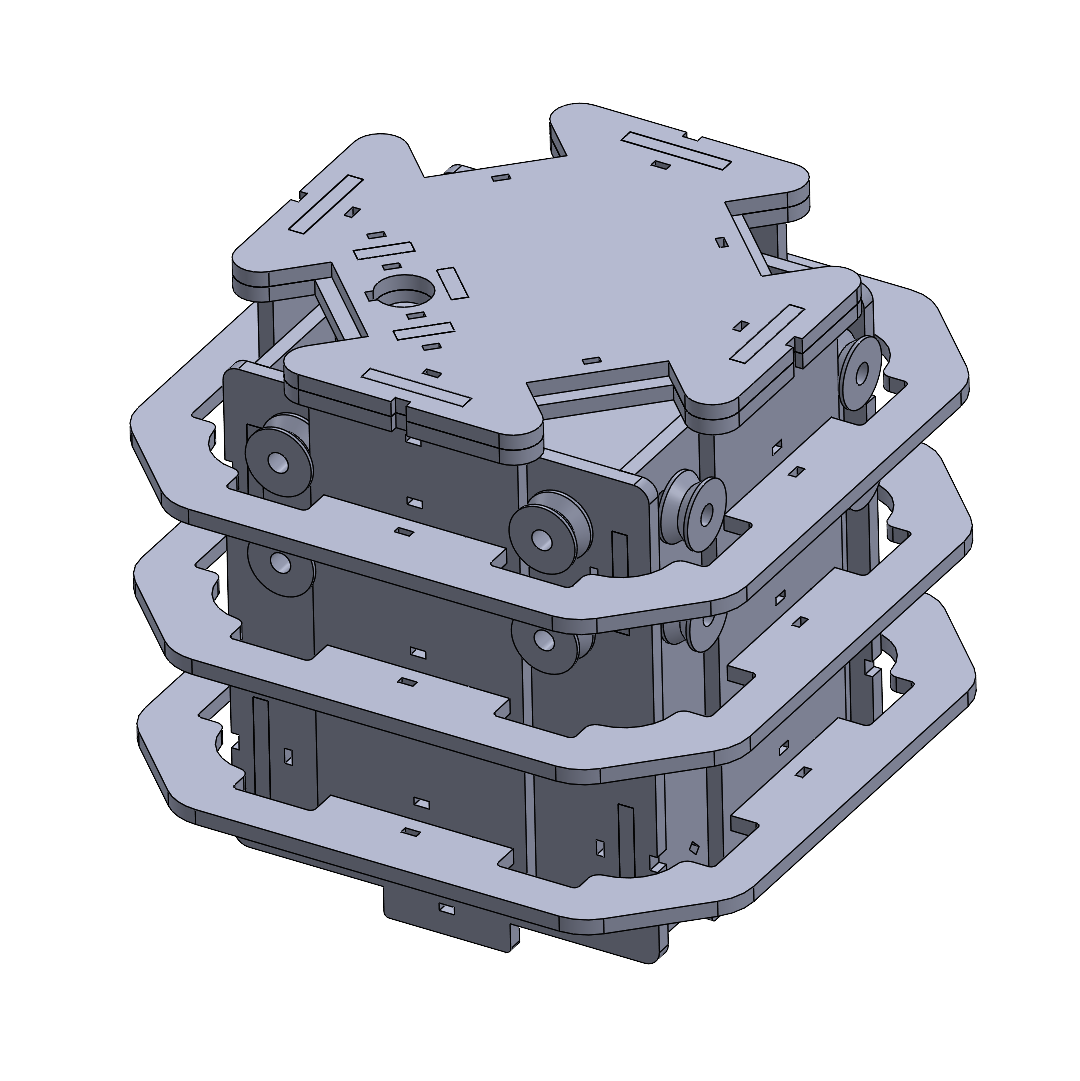

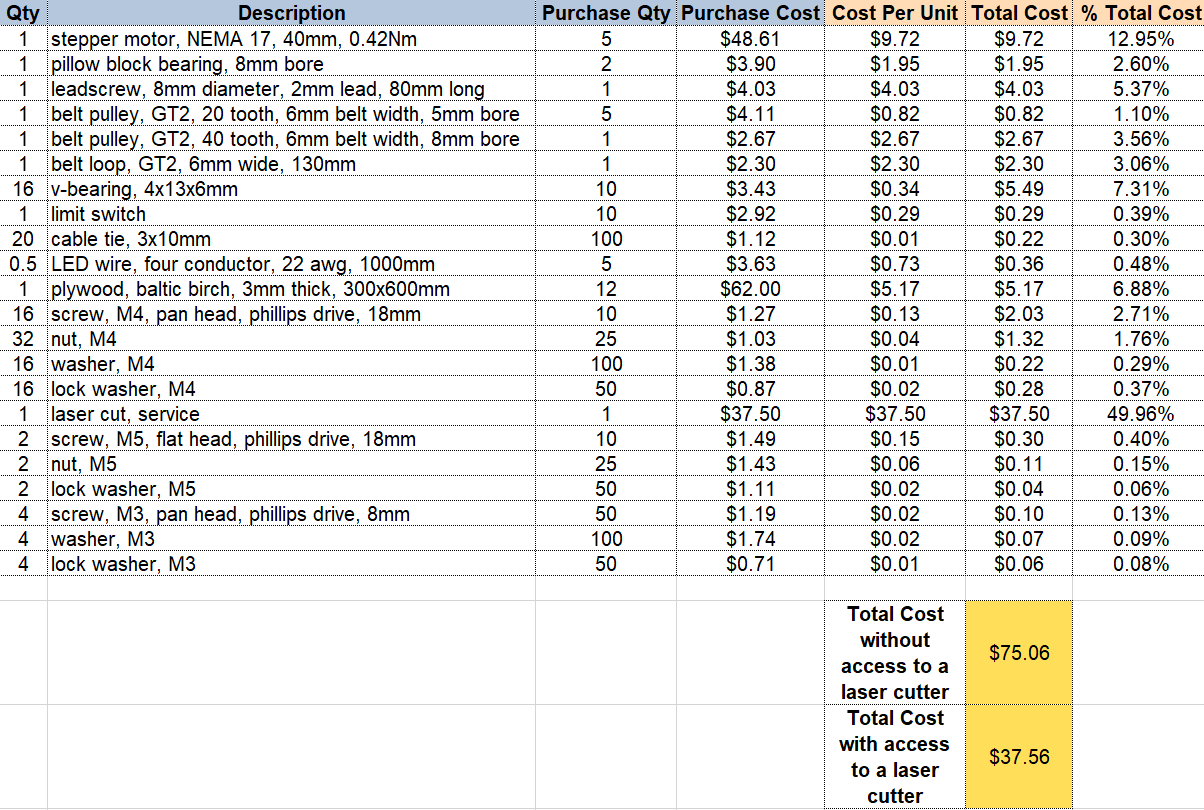
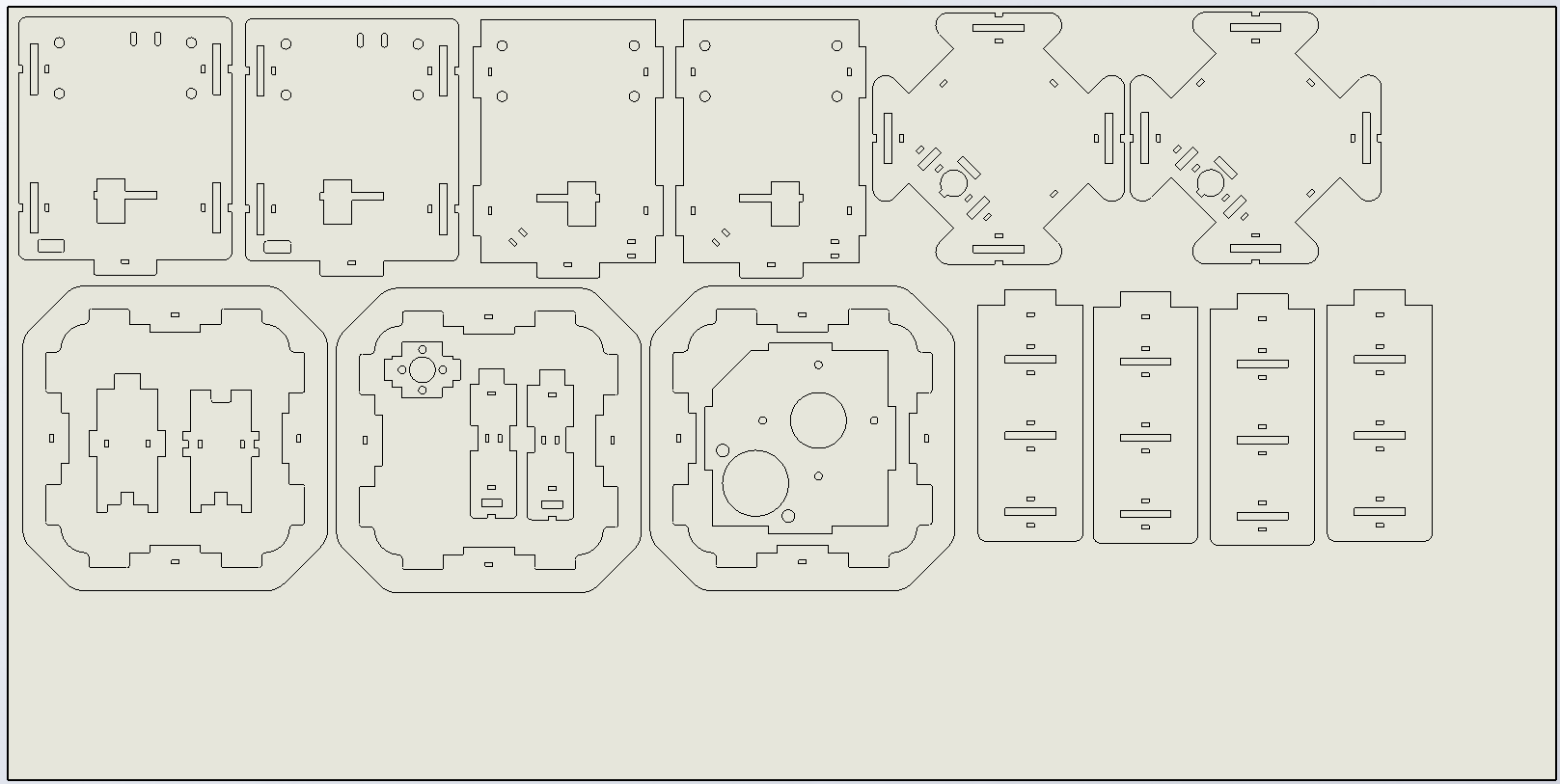


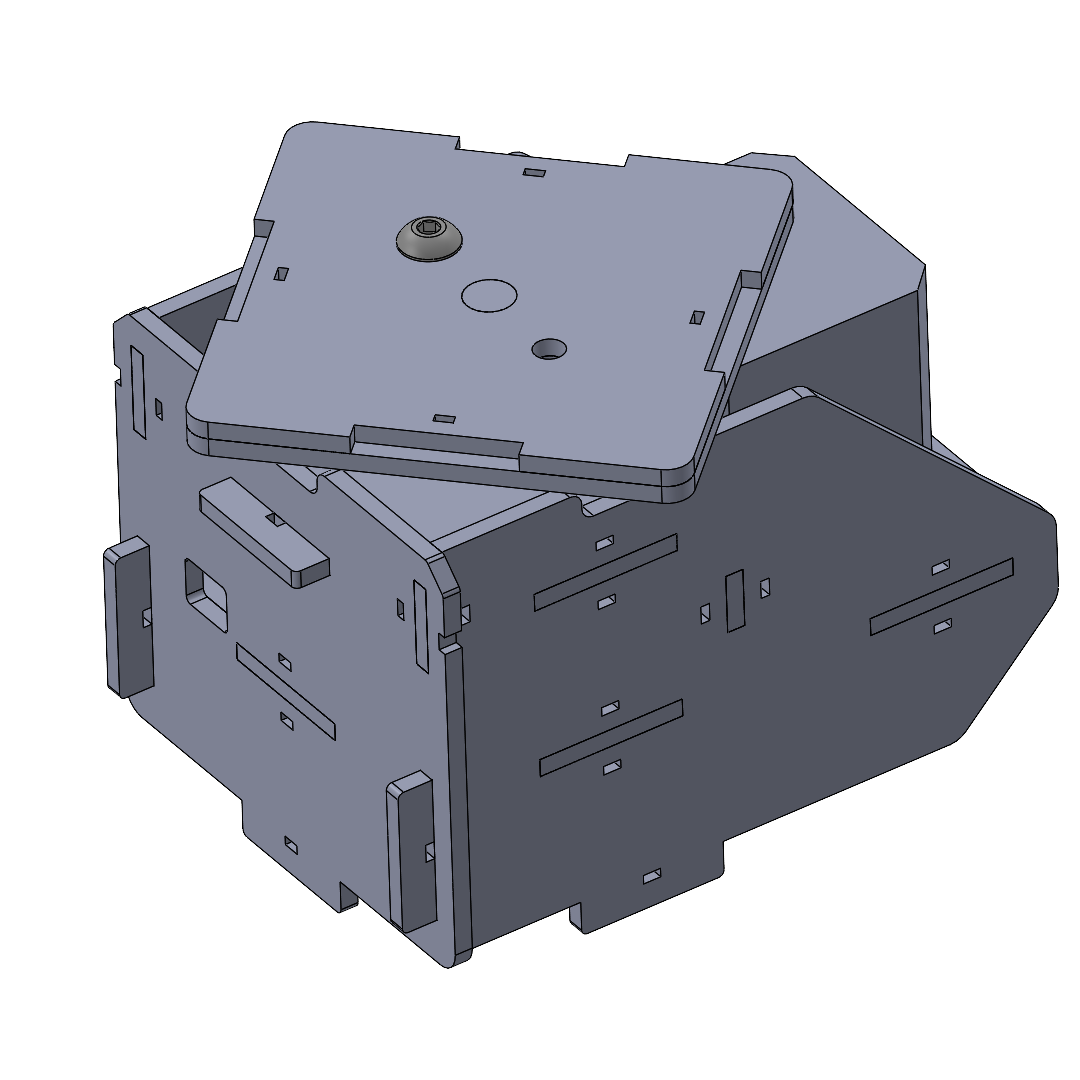
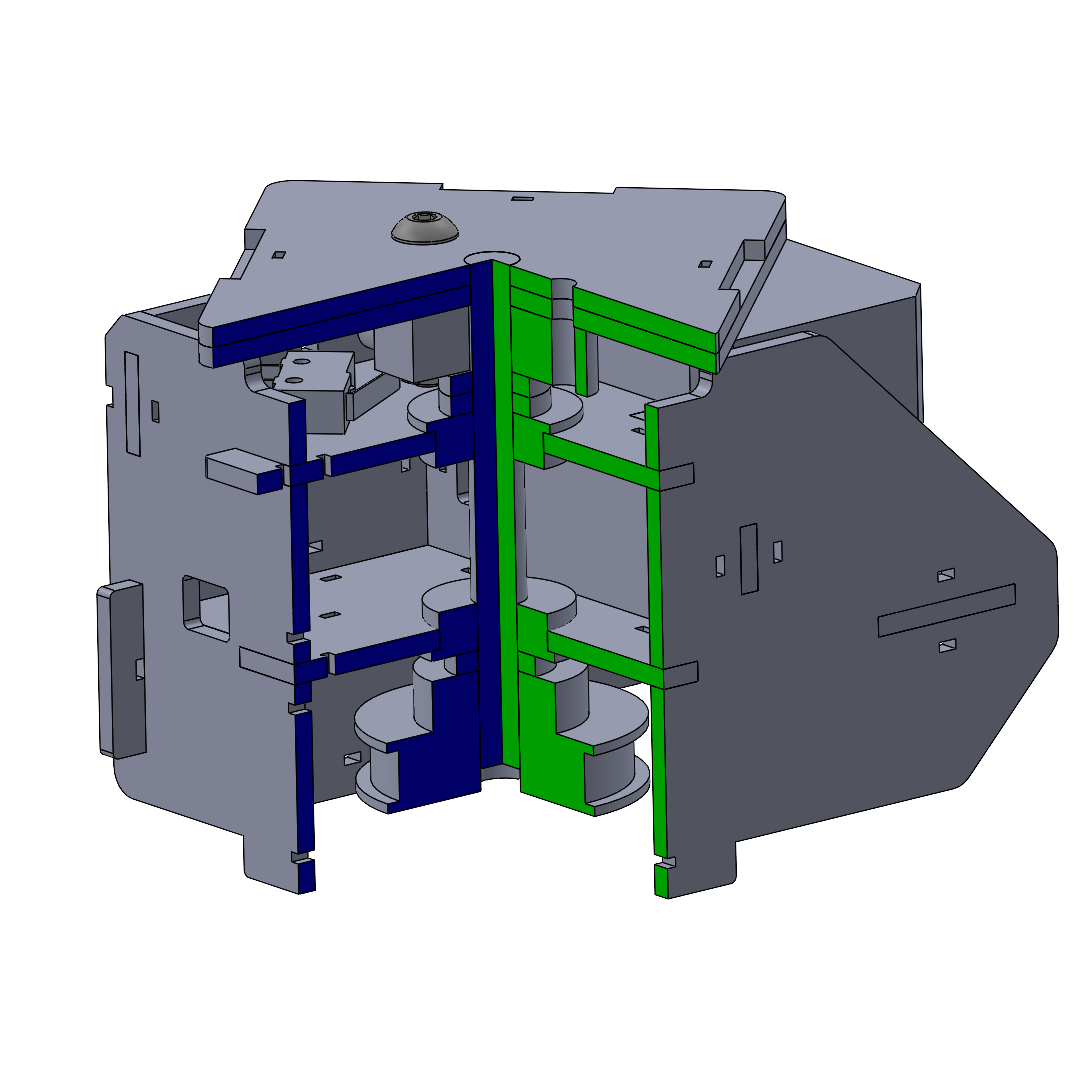

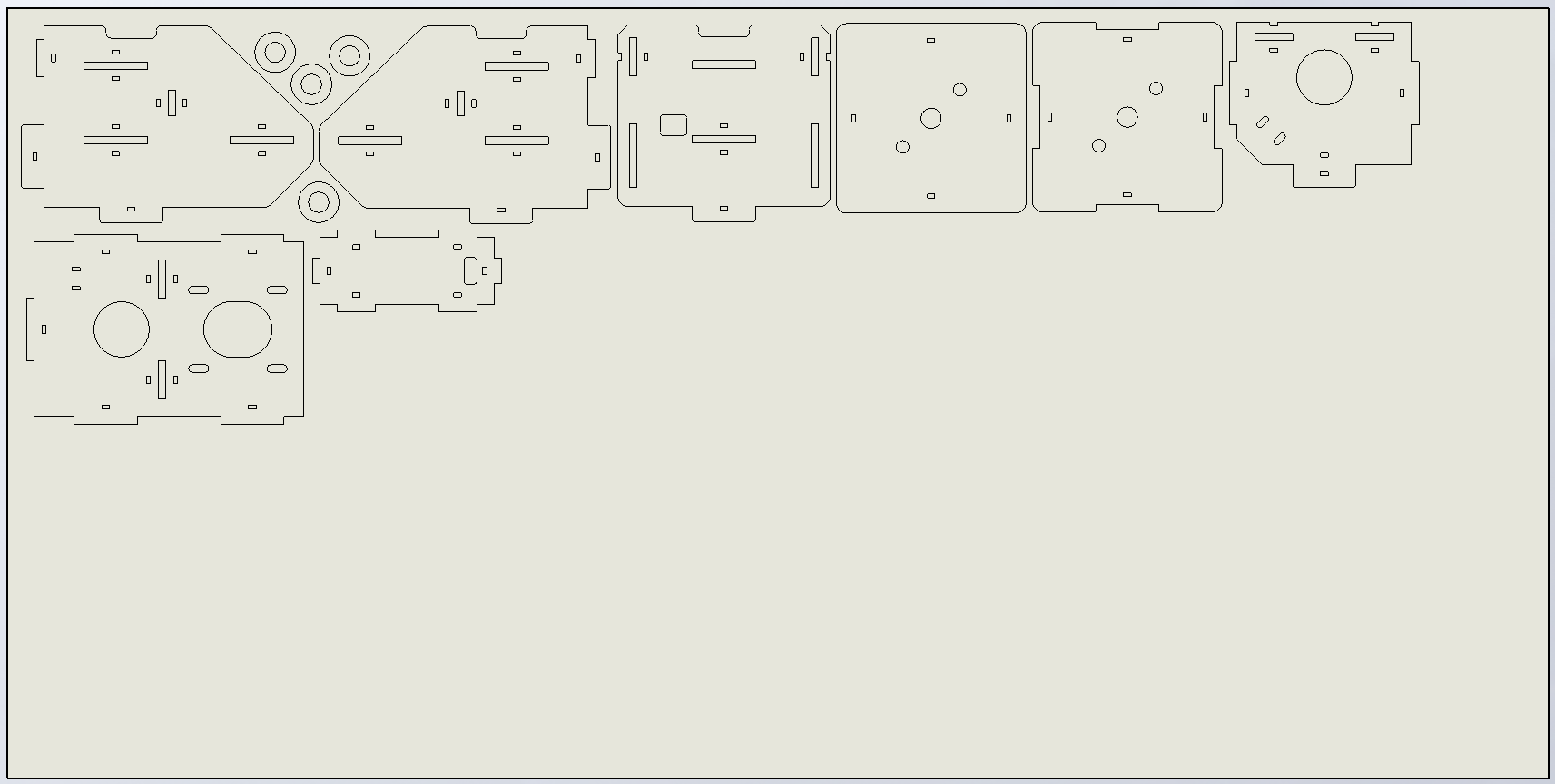



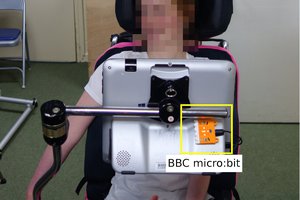
 matt oppenheim
matt oppenheim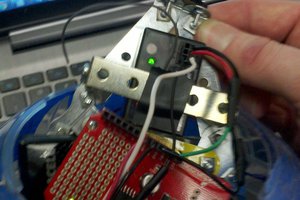
 Ian Cummings
Ian Cummings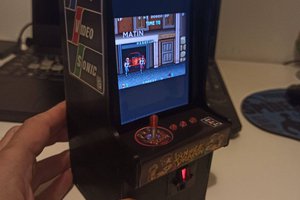
 SrBlonde
SrBlonde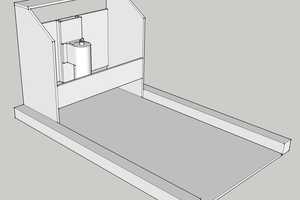
 James
James
Design files have been released. See the "Files" section of this project.